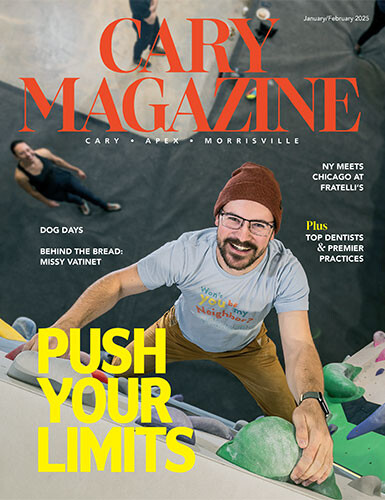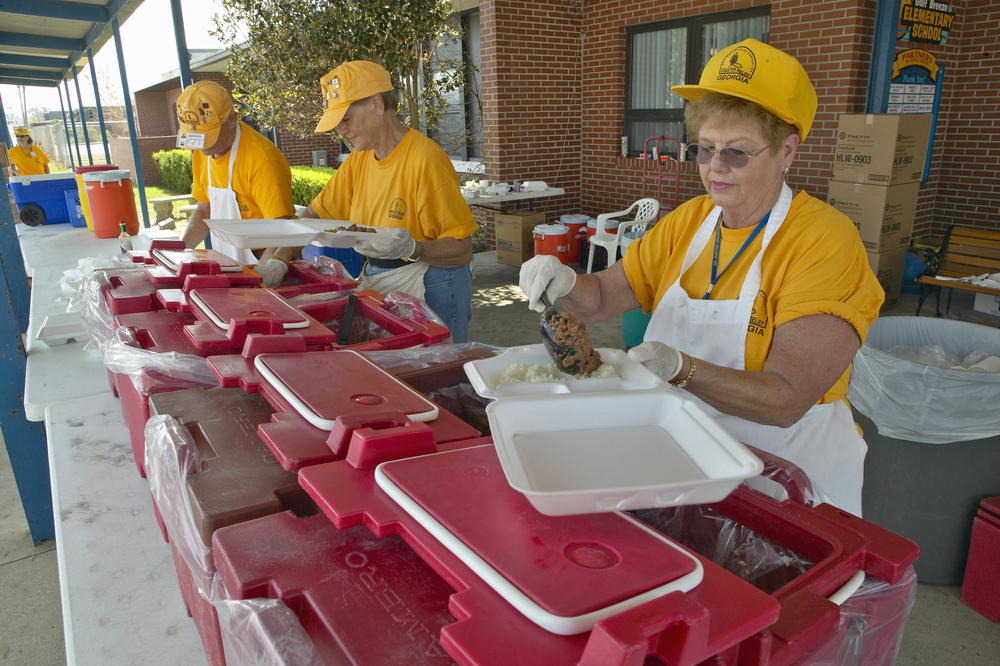Of course you want to help the many people impacted by Hurricane Harvey in Texas. But the Better Business Bureau is already seeing dubious crowdfunding appeals, and anticipates more scams from people looking to make a quick buck off of clean-up efforts.
“The devastation caused by Hurricane Harvey prompts us to do what we can to help as soon as possible,” said H. Art Taylor, president and CEO of BBB Wise Giving Alliance, “but donors need to be aware of some key cautions so that their generosity will get to those in need quickly.”
Here are tips from BBB to make sure your donation gets to the right place:
- Verify the trustworthiness of soliciting relief organizations by visiting Give.org to access free reports that specify if the charity meets the 20 BBB Standards for Charity Accountability.
- See if the charity has an on-the-ground presence in the impacted areas. Unless the charity already has staff in the affected areas, it may be difficult to bring in new aid workers to provide assistance quickly. See if the charity’s website clearly describes what the charity can do to address immediate needs.
- Find out if the charity is providing direct aid or raising money for other groups. Some charities may be raising money to pass along to relief organizations. If so, you may want to consider avoiding the middleman and giving directly to those that have a presence in the region. Or, at least check out the ultimate recipients of these donations to see whether they are equipped to provide aid effectively.
- Be cautious about gifts of clothing, food or other in-kind donations. In-kind drives for food and clothing may not necessarily be the quickest way to help those in need, unless the organization has the staff and infrastructure to distribute such aid properly. Ask the charity about its transportation and distribution plans. Be wary of those who are not experienced in disaster relief assistance.
- Understand crowdfunding. Keep in mind that some crowdfunding sites do very little vetting of individuals who decide to post for assistance after a disaster, and it is often difficult for donors to verify the trustworthiness of crowdfunding requests for support. If you decide to contribute via crowdfunding, it is probably best to give to people who you personally know that have posted requests for assistance.
- Phases of disaster relief. Remember that every disaster has several phases — rescue, emergency relief, and recovery. Each part relies on public support and continuing funding for success. The need for donations doesn’t stop when the headlines do.
- Recovery time line.For many communities, recovery will be a long-term activity that can take months or years to accomplish, depending on the extent of the damage. Those truly concerned about helping communities bounce back will have many opportunities to help.
- Disaster planning. Although it may seem obvious, no one wants to experience a repeat performance of a disaster. Areas that work toward recovery will probably also need to develop plans to better respond to a similar storm in the future. Even those that already had measures in place can find ways to improve based on experience.
For more on giving to disaster relief, visit give.org.





